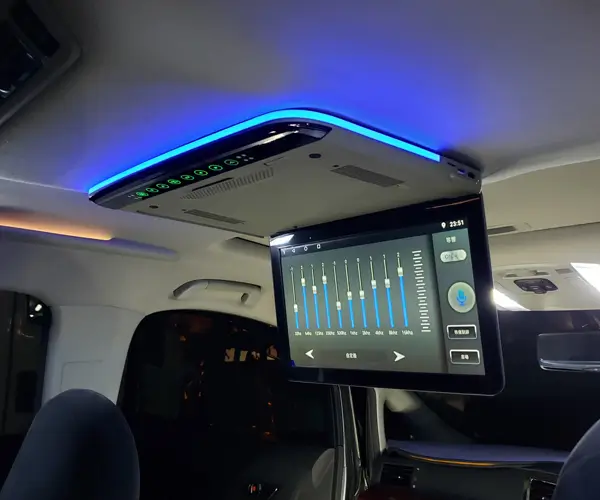part 1:
In the rapidly evolving world of electronics and robotics, enthusiasts and engineers alike are always seeking ways to streamline their design process, reduce costs, and foster creativity. Among the multitude of components and tools available, the combination of TT motor gear modules and Fritzing stands out as a particularly compelling pairing, empowering users to turn abstract ideas into tangible, functioning prototypes with remarkable ease.

At its core, the TT motor gear is a compact, versatile DC motor gear attachment that offers reliable performance across numerous applications. Its simplicity, affordability, and adaptability make it a favorite for hobbyists delving into robotics, as well as for educators looking to demonstrate fundamental engineering principles. By attaching these motors to a framework and controlling them precisely, users can create moving robots, conveyor mechanisms, or even automated crafts.
But to truly unlock the potential of TT motor gear modules, an effective design and simulation environment is essential. Enter Fritzing — an open-source platform that has revolutionized electronics design by providing an intuitive interface, rich library of components, and the ability to visualize circuits in a friendly, breadboard-style environment. This combination makes it easier than ever for novices and seasoned creators to design, document, and iterate on their projects.
Understanding the characteristics of TT motor gear modules is the first step in appreciating how they integrate with Fritzing. These modules typically consist of a small DC motor coupled with a gear train, which multiplies torque and reduces speed for better control and application-specific tuning. They come in various gear ratios, allowing designers to choose the appropriate balance of speed and power for their project needs.
In practical terms, controlling TT motor gear modules often involves transistors, motor drivers, and microcontrollers like Arduino or Raspberry Pi. The motor driver acts as an intermediary, interpreting signals from the controller to power up the motor with the desired voltage and current, thus ensuring smooth and safe operation. Diagramming this setup in Fritzing offers several advantages: clear visualization of connections, easy troubleshooting, and sharing designs with the community.
The first step in creating a virtual project with Fritzing is selecting the appropriate components. Fortunately, Fritzing’s library includes various motor drivers, microcontrollers, and other electronic parts needed to simulate motor control circuits. Although TT motor gears may not have a dedicated symbol yet, they can be represented with generic motors coupled with gear symbols, which can be customized to match real modules.
Once the basic schematic is prepared, simulating motor behavior in Fritzing’s environment allows users to understand how different components interact. While Fritzing's simulation capabilities are somewhat limited in terms of real-time motor operation, the tool excels at providing a clear visual of circuitry, power routing, and signal flow. For dynamic simulation and real-world testing, hardware implementation is the next step, but Fritzing serves as an indispensable planning tool.
Creating educational or hobbyist projects using TT motor gear modules in Fritzing also opens the door to collaborative learning. Sharing your circuit diagrams on online platforms encourages feedback and innovations from a global community of makers, developers, and teachers. It also helps in documenting projects that can be scaled or adapted later, whether it's a small robotics setup or a complex automation system.
Furthermore, Fritzing supports the creation of detailed PCB layouts, which is vital for those aiming to develop more permanent, professional-grade electronics. Design iterations become more manageable when you can visualize the entire system before soldering components on a breadboard. For TT motor gear driven projects, a well-designed PCB ensures reliable connections, minimized noise, and cleaner wiring—crucial factors for motors that require stable power supplies.
In essence, integrating TT motor gear modules with Fritzing is about more than just connecting components; it is about fostering a mindset of thoughtful design, experimentation, and sharing. Whether you’re a student aiming to understand the fundamentals of motor control or a seasoned engineer working on a complex automation project, this pairing offers tools to think creatively and execute efficiently.
As we move forward into the second part, we'll delve into real-world case studies, tips for optimizing your designs, and exploring innovative applications that showcase the full potential of TT motor gear modules in conjunction with Fritzing.
Kpower has delivered professional drive system solutions to over 500 enterprise clients globally with products covering various fields such as Smart Home Systems, Automatic Electronics, Robotics, Precision Agriculture, Drones, and Industrial Automation.




































